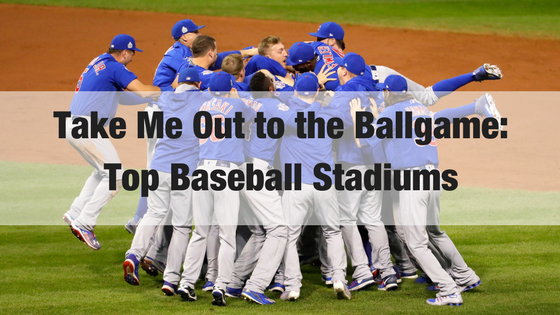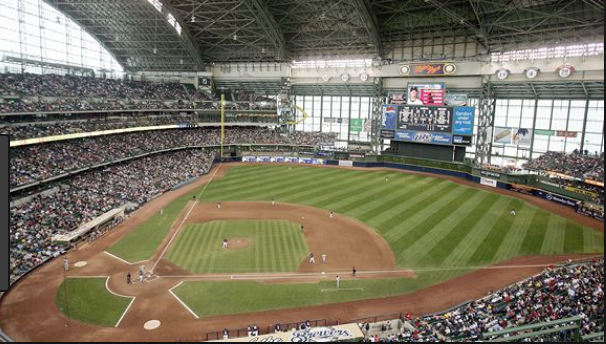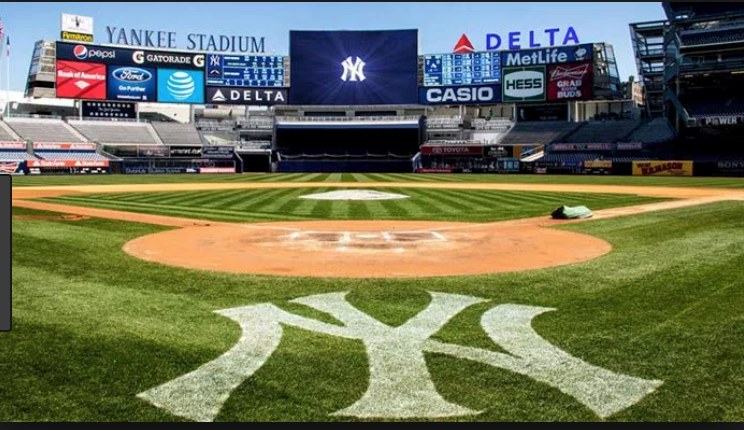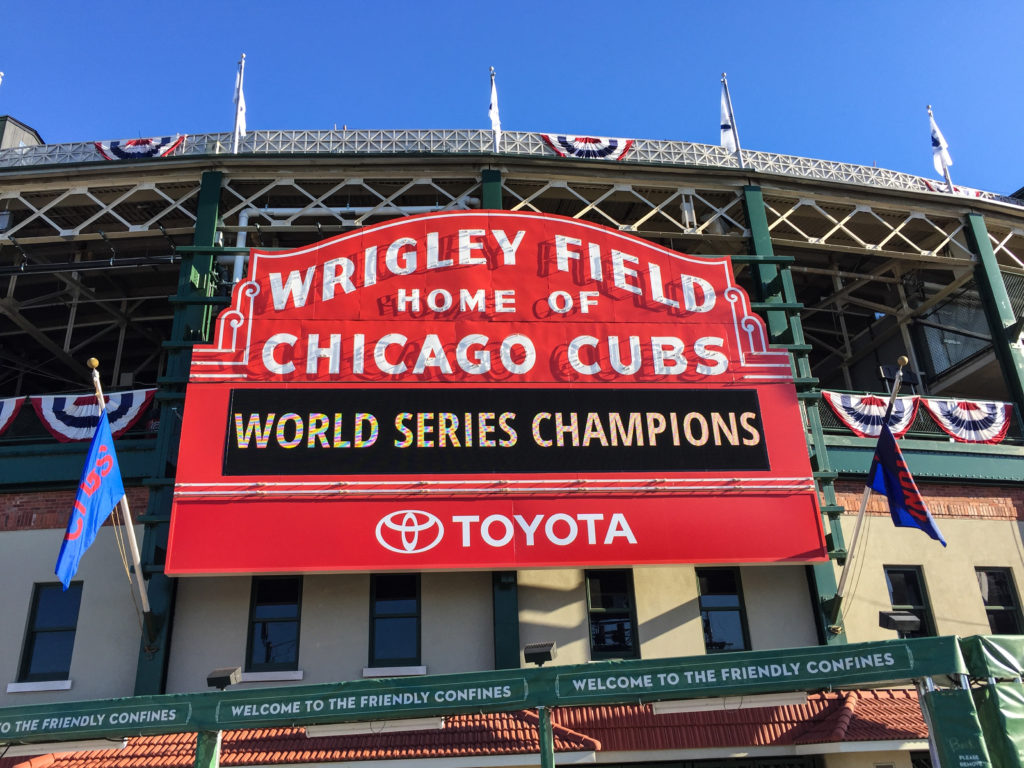
March truly is one of the best months of the year as we start to leave the dreary winter cold behind and move into the first day of spring. And nothing helps to celebrate the start of the spring season quite as much as Major League Baseball’s (MLB) Opening Day. On Thursday, March 29, all 30 MLB teams took to the fields to kick-off the 2018 season.
As one of America’s oldest and greatest pastimes, baseball offers something for everyone – from the love of the game, to the concession stands, and of course the stadiums and the technology within them.
While many baseball stadiums may not be as modern and “techy” as some of the and we have previously reviewed, in celebration of the new season, we are taking a look at a few stadiums that we consider to have the best scoreboards and upgrades across the league.

Minute Maid Park, home of the Houston Astros
Image source: TripAdvisor.com
Originally known as “Enron Field,” Minute Maid Park first opened in 2000. Just two years later, the Astros sold the naming rights of the stadium to Minute Maid, which marked its official new name. By 2004, the franchise was ready to make upgrades with the introduction of guest Wi-Fi, as well as a designated video board to be used for closed-captioning, the first of its kind in the league, catering to guests with hearing impairments. A few years later, in time for the 2011 season, Minute Maid Park added a scoreboard with a 1080i display format, joining just two other teams in the league to feature such a high-definition and large screen. Coming in at 54-by-124 feet, Minute Maid Park’s scoreboard ranks among the top four largest scoreboards in MLB. In addition to “El Grande,” as the team and fans affectionately refer to the scoreboard, a smaller HD screen can be found back on the far-left wall, while smaller and outdated advertising screens around the park have been replaced with HD ribbon boards.
 Miller Park, home of the Milwaukee Brewers
Miller Park, home of the Milwaukee Brewers
Image source: ESPN.com
Miller Park, in Milwaukee, Wisconsin, was one of the largest construction projects in the state’s history. Featuring the only fan-shaped convertible roof in North America, seating in the stadium can be up to 30 degrees warmer than the outside temperature when the roof panels are closed. This is pretty conducive to the unfavorably cold weather Wisconsin can be known for, even during the spring. In 2006, Miller Park introduced three additions to the stadium, including two LED scoreboards, one of which would replace an older manually operated one (whoa!). Then, along the bottom of the stadium’s 300-level section, they installed a second-tier marquee scoreboard that stretches from foul pole to foul pole, with part of the board being used for announcements and advertisements. The third update was the introduction of a picnic area off of right field. Upgrades didn’t stop there though – in 2008 the team retired the hanging of strikeout K’s from the railing of the club house with the addition of a strikeout counter that would illuminate the strikeout K’s, and by 2011, another scoreboard, the team’s original one, was replaced with a 1080p HD board coming in as the 9th largest in the league.
 Yankee Stadium, home of the New York Yankees
Yankee Stadium, home of the New York Yankees
Image source: TotalFoodService.com
Like it or not, the New York Yankees are one of America’s favorite teams, and in 2009 the team opened its doors to its new $2.3 billion stadium, incorporating both elements from the beloved old stadium and of course, modern touches and technology. Before entering fully into the stadium, fans find themselves in “Great Hall,” a large concourse that runs between Gates 4 and 6, featuring seven-story-ceilings filled with Yankee history thanks to a 5-by-383-foot LED ribbon display and 25-by-36 food LED video display. Once inside, the stadium touts 227 miles of wired Ethernet cable and fiber-optic cable wiring, over 1,100 HD video monitors, and a 5,925 square foot scoreboard that can display four 1080p HD images at the same time. At the time of the stadium’s opening, the Yankees’ scoreboard was the third largest in the world. The scoreboards at AT&T Stadium and Citizen’s Bank Park have since surpassed it.

Wrigley Field, home of the Chicago Cubs
Image source: Cubs Insider
Last in our round-up, but certainly not least, we have to pay tribute to the Peerless-AV home team, the Chicago Cubs. Located on the North Side of Chicago, Wrigley Field has been home to the Cubs since 1926, when William Wrigley Jr. bought the team after the fold of Weeghman’s Federal League. In January 2013, the Ricketts family (current owners) announced a $575-million upgrade for the stadium, which would include everything from upgrades to the stadium’s façade and infrastructure, to the installation of a 3,990 square-foot jumbotron and 2,400 square-foot video scoreboard (despite the initial controversy over adding video screens due to the stadium’s landmark status). Wrigley Field is considered to be a “jewel box design,” highlighted by its two recessed walls, and is famous for its ivy-covered outfield walls. In fact, Wrigley Field is the only professional baseball park to currently have an ivy-covered outfield wall.
Have you visited a baseball stadium that’s not on this list? Leave us a comment to tell us what you thought!